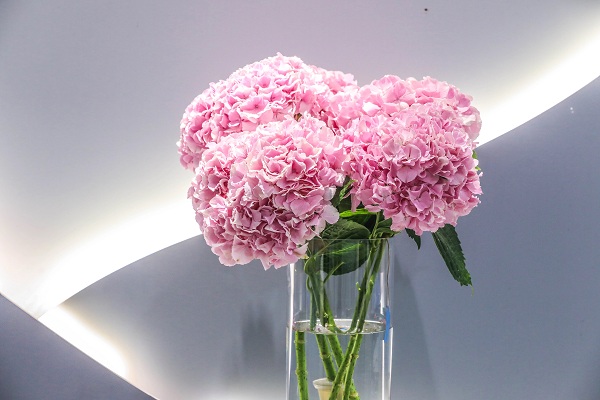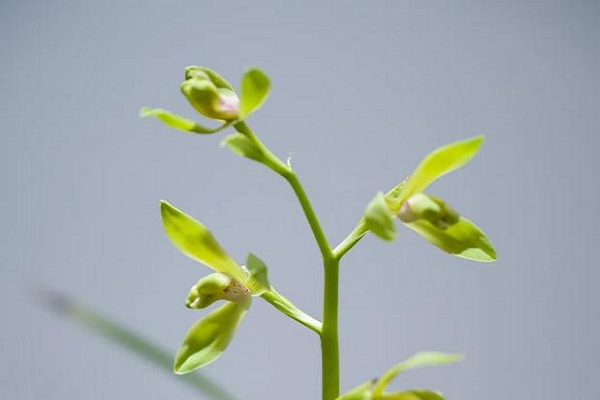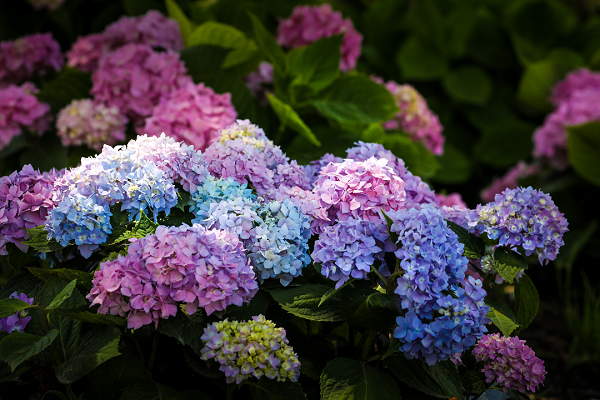Results of a recent survey showed that Shanghai has overtaken Hong Kong in the ranking of fashionable cities. This has predictably caused a stir among the fashionable crowds in Hong Kong's hip neighborhoods where young professionals in finance and property gather in the evenings to talk shop over a drink or two.
Never mind who did the survey. It reportedly based the ranking, at least in part, on counting the number of times the words Gucci, Prada or other named brands were mentioned on the Internet.
Details of its methodology are of little interest. But the basis of the ranking has touched on a social trend that is shifting fast among the better-educated young professionals in Shanghai and some other major mainland cities.
The newly-won accolade that infers an obsession with luxury goods is not necessary something many young people in Shanghai would want to wear with pride. Indeed, an antipathy toward luxury brands has been brewing for sometime in the mainland's most cosmopolitan city.
There, luxury brands, mainly from Europe, are becoming increasingly associated with "tuhao" a derogatory term that applies to people with more money than manners and style. The term has gained popularity since Apple introduced a gold-tinted iPhone 5S to the mainland market last year. That particular device is commonly referred to as "tuhao gold".
To be sure, Gucci bags or Prada belts, the genuine articles, of course, are still coveted by many rich wives as well as office ladies. But there is a growing crowd of young women who prefer simple dresses they can buy on Taobao by the dozens at a fraction of the cost of a single brand-named handbag.
No, you won't see many of them in Xintiandi, or any other high-end entertainment district, where a lunch cost an average of about 200 yuan ($32.68). That amount, by the way, can buy you a pretty dress from any one of the vendors listed on Taobao with enough change to treat yourself to a cup of coffee at Starbucks.
In Shanghai, as well as Hong Kong, the choice shopping areas are populated by high-end brands, which stands for the very expensive goods on dsiplay in the boutiques and specialty shops of European fashion brands.
Their presence is particularly imposing on one stretch of Huaihai Zhonglu in Shanghai. Nearly all the street level shop space on that road is occupied by the few big fashion houses and jewelry shops.
Whenever we happen to walk along that stretch of road, my Shanghai friends are quick to point out that the only customers of those establishments are the tuhao from out of town. Somehow, a branded bag, or blouse, is increasingly seen as the badge not of a connoisseur of exquisite design and fine craftsmanship, but rather the mark of, well, a tuhao.
Neither Hong Kong nor Shanghai is keen on being branded as "fashionable" when an obsession for over-priced and chintzy goods is the sole criteria for that particular badge of honor.
The people, especially the younger generation, in those cities have gained sufficient confidence to choose their own style. They have no need to bolster their self-esteem with the emblazoned logos of French or Italian designers.
Instead these young people in Hong Kong and Shanghai are redefining what it means to be a fashionable city.
The author is a senior editor with China Daily, email: jamesleung@chinadaily.com.cn
(China Daily 03/10/2014 page9)


